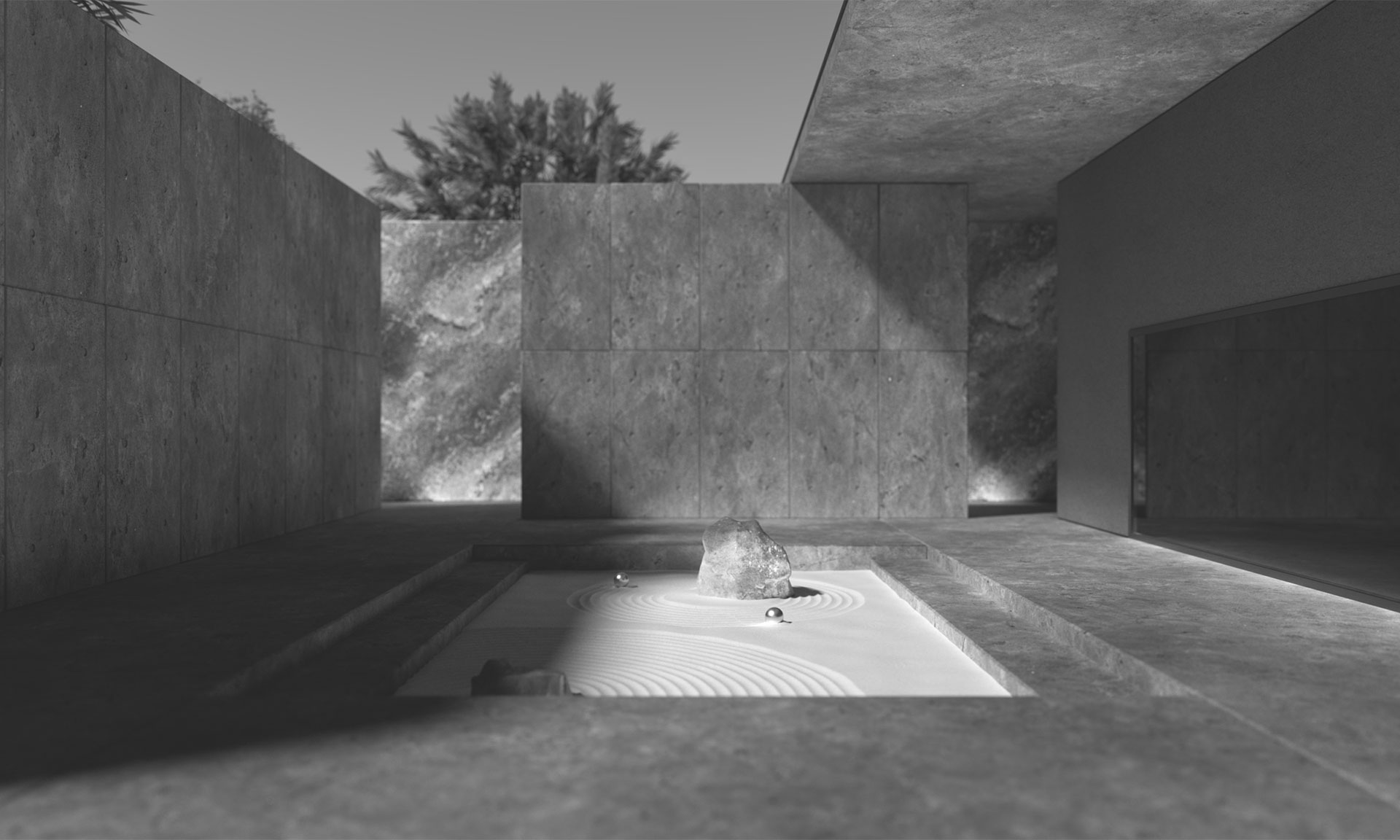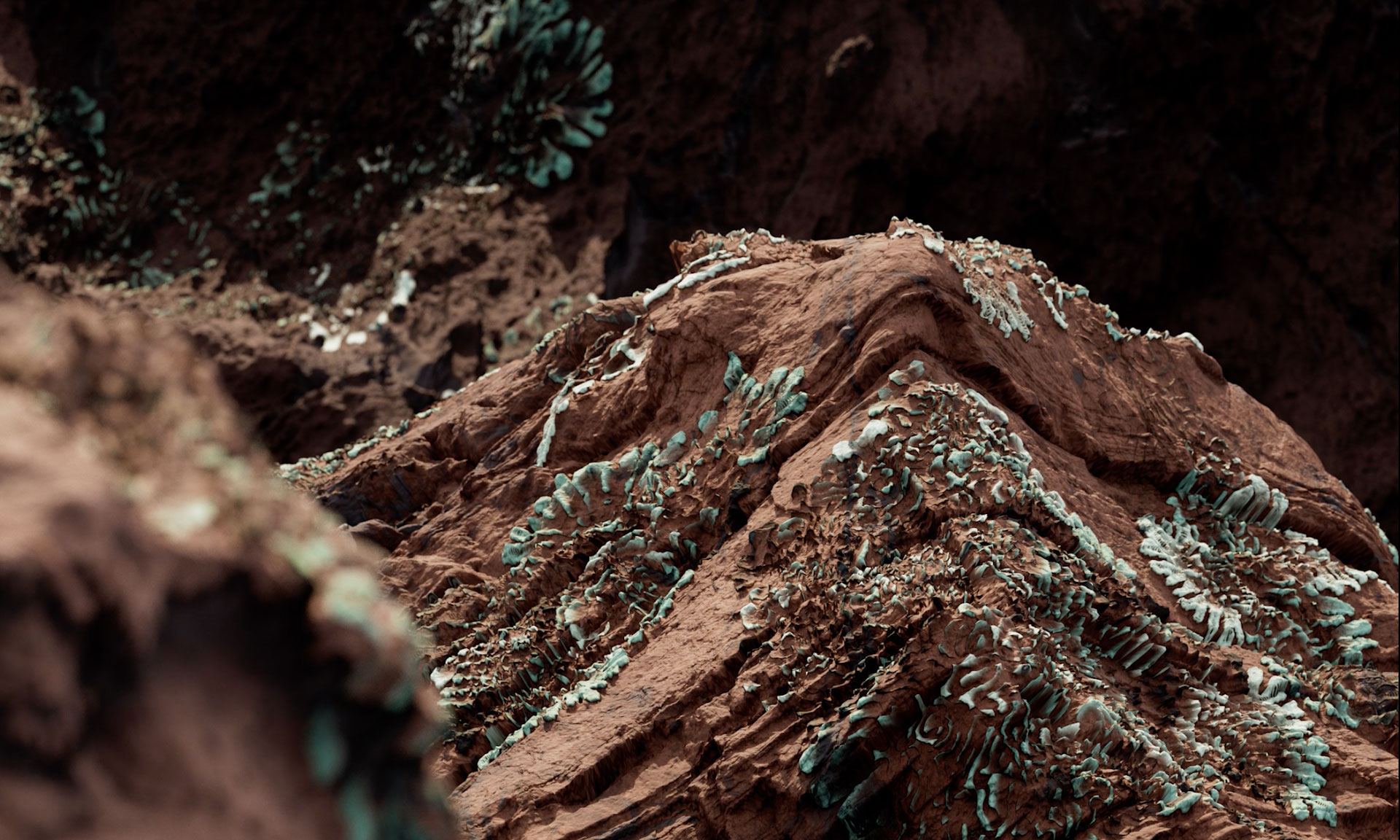of Haikus
In April 2022, OpenAI unveiled DALL-E 2, an advanced AI system capable of generating images from a text description. After receiving early access, Modem tasked DALL-E 2 with creating images based on 17th century Japanese Haikus by Matsuo Basho. DALL-E 2 Dreams of Haikus explores the expressive abilities of AI and its potential to impact the boundaries of human imagination.
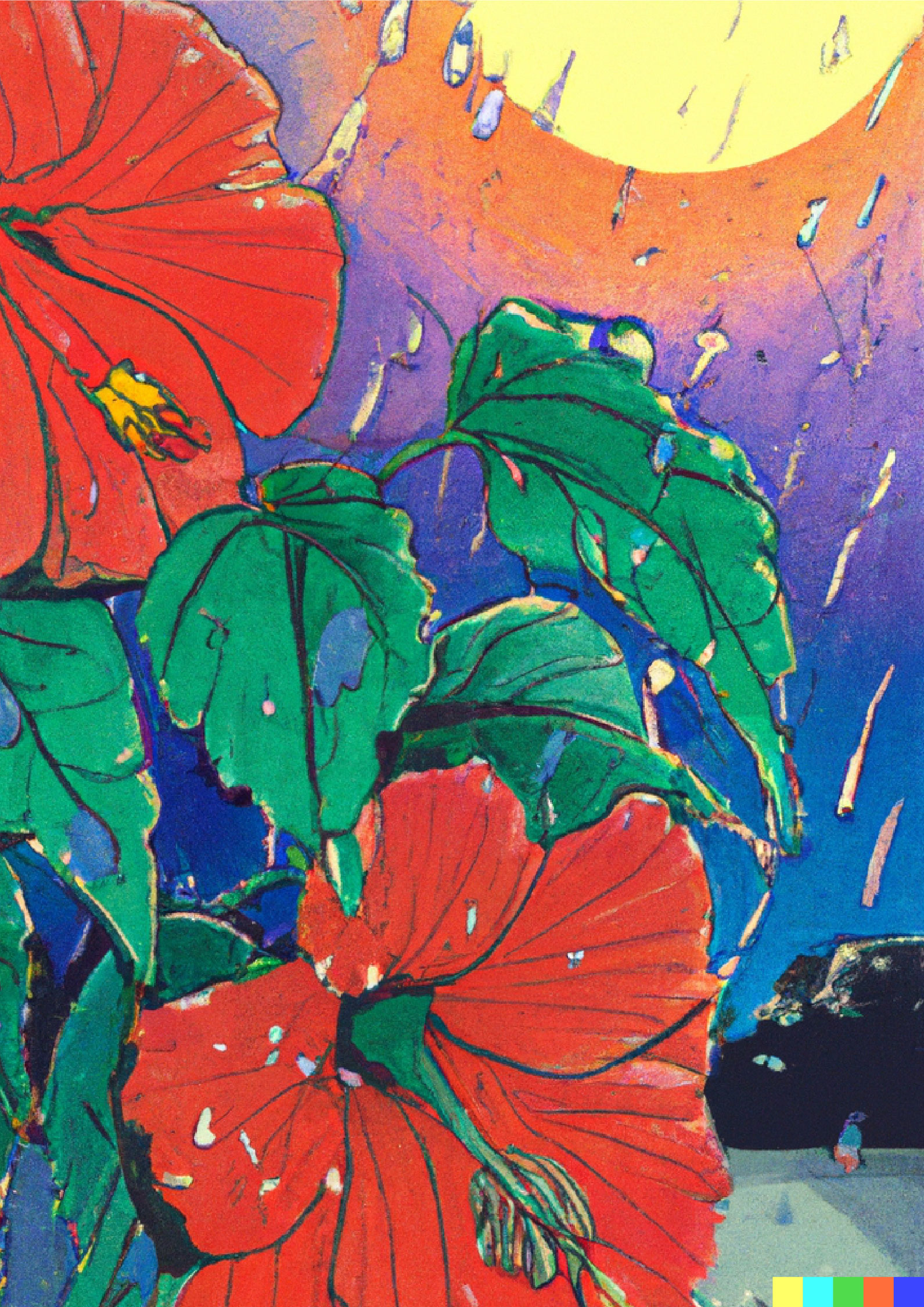
Trained on 650 million images and text captions, DALL-E 2 is capable of creating original, realistic images and art from a description in natural language. DALLE-2 is the second-generation of the image generating model by OpenAI, a San Francisco-based artificial intelligence research laboratory founded in 2015. But like any visionary technological development, DALL-E 2 is not only a potentially practical tool, but a mesmerising mirror in which we yearn to see ourselves.
For this research paper, Modem tasked DALL-E 2 with creating images based on 17th century Japanese Haikus by Matsuo Basho. The process connects the past and the future, explores the links between language and imagery, and contemplates whether DALL-E 2 is perceptive of the poetic potential of both.
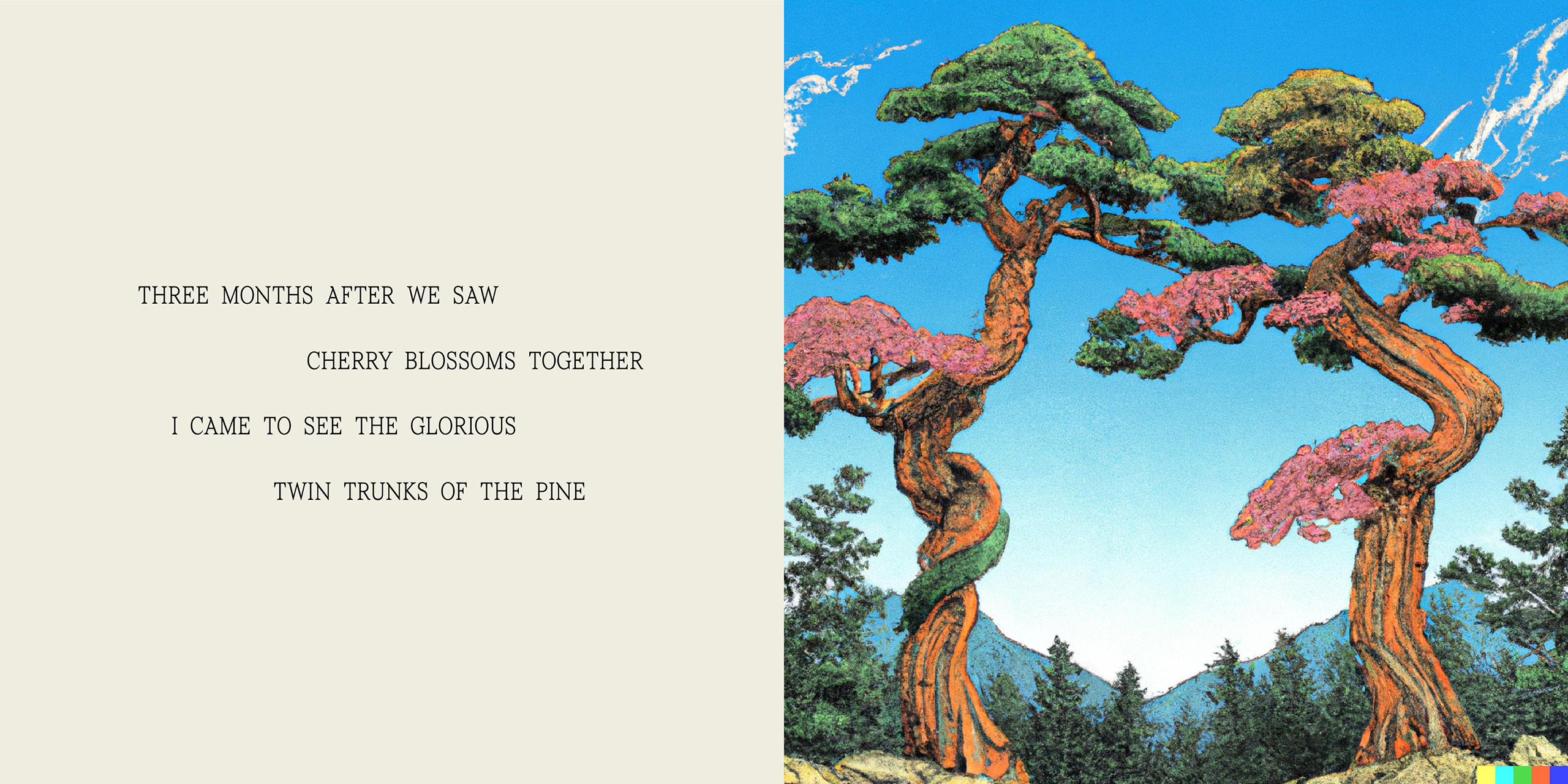
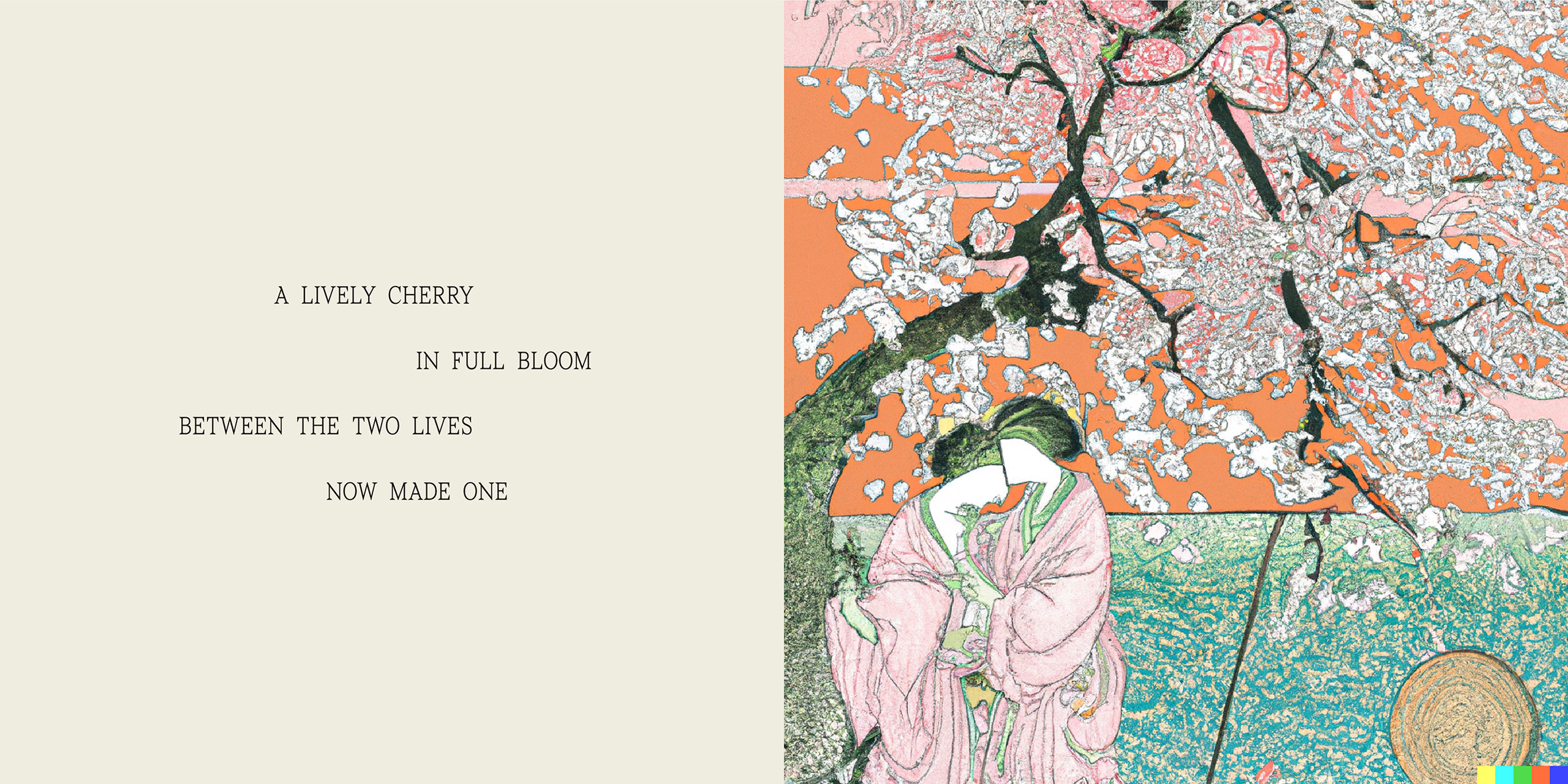
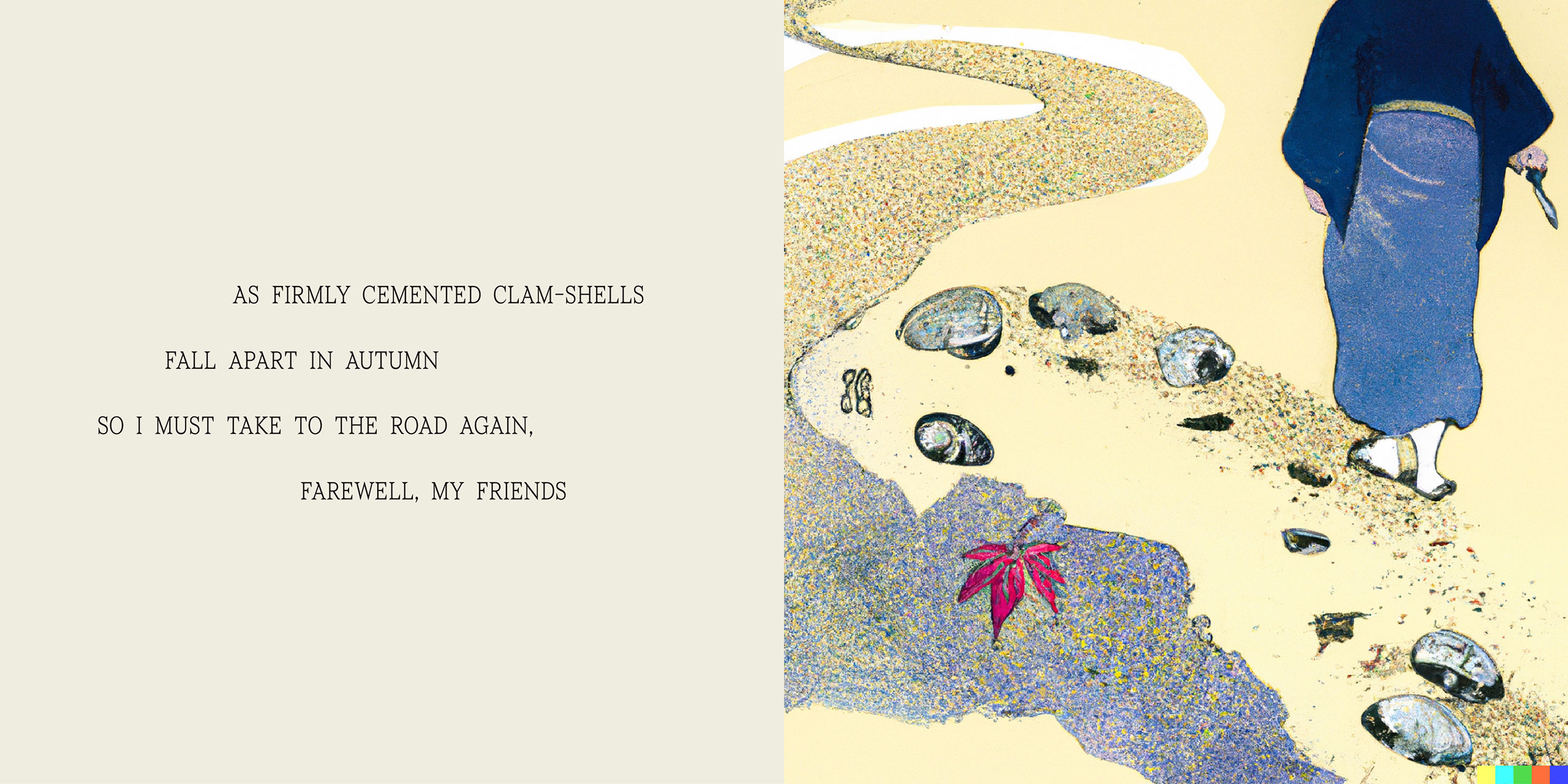
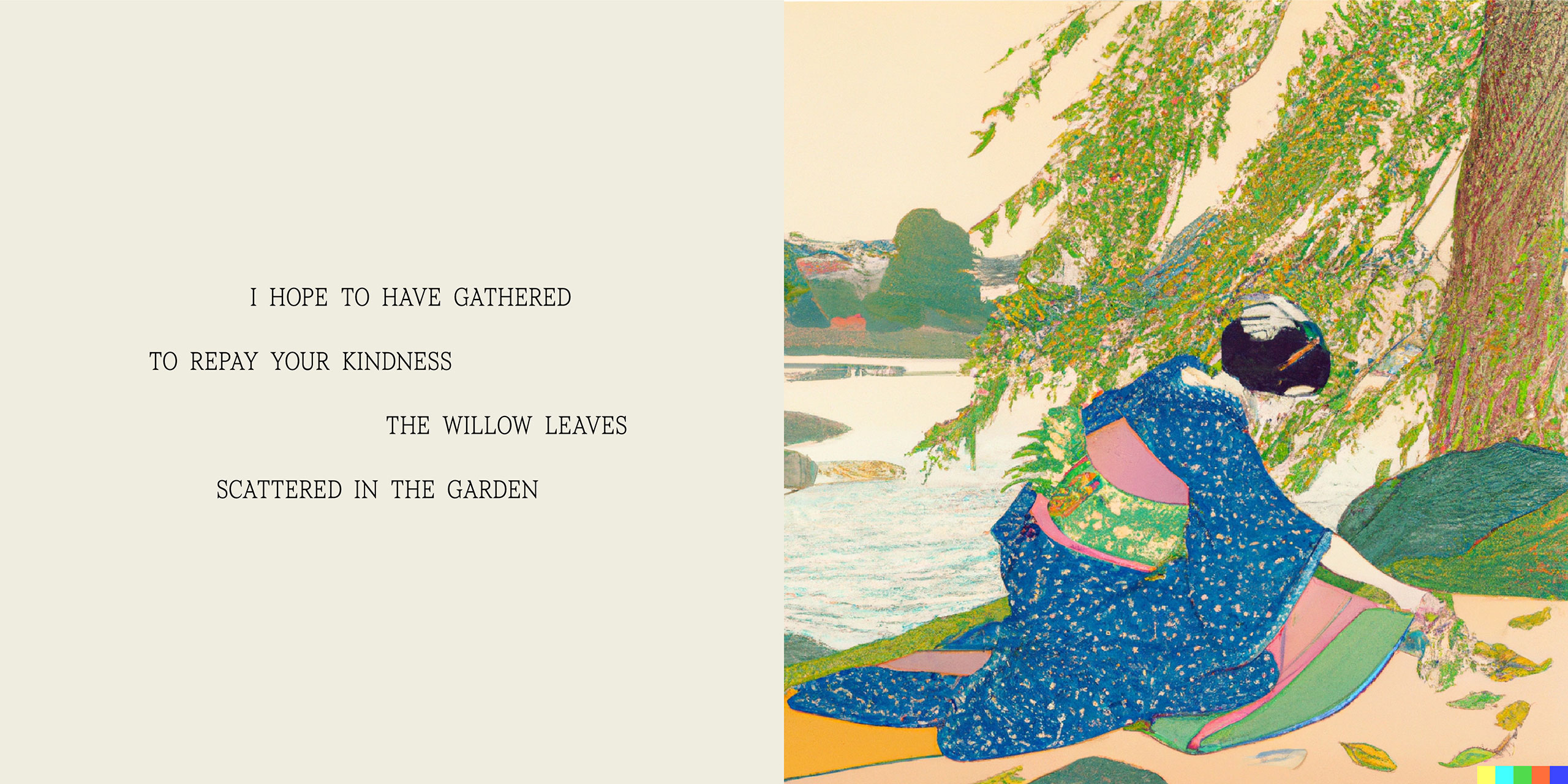
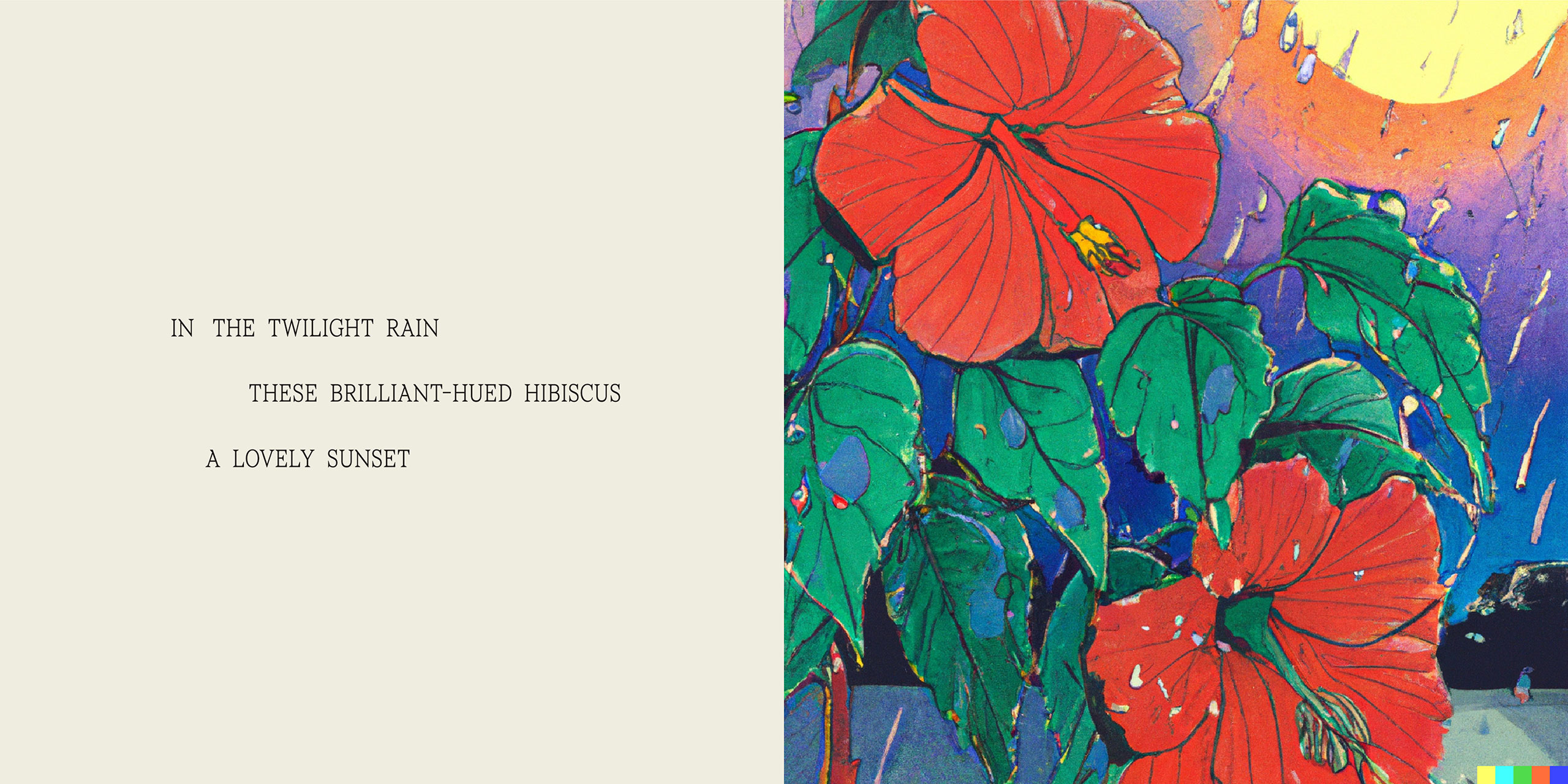
The use of Haikus was a considered choice. The artform’s intent is to describe a brief moment or the author’s surroundings using very few words. It is a manifestation of the complexity of our perception: how a few lines of text can alter our mental and physical states, take us elsewhere, and capture the transient and timeless beauty of the world.
We used extracts from The Narrow Road to the Deep North, which documents Matsuo Basho’s journey through 17th century Japan. The haikus take us back to landscapes, feelings, and lives which no longer exist. Inspired by traditional Japanese ukiyo-e woodblock prints (one of the many artistic styles DALL-E 2 can generate), the model brings these memories back to life. The resulting images are not flawless – but there is something gripping and acutely contemporary about their fluidity and flaws, the balance of repetition and uniqueness.
DALL-E 2’s existence poses deeper questions about human consciousness: the connection between language and imagery, and the role of the human eye, memory and emotion play in that process. Do androids dream of electric sheep? Can DALL-E 2 dream of longing, nostalgia and joy we find in caveats between words and images? What touches us on a deeper level: the words of a poet who walked the earth four centuries ago – or images created by a machine mind which belongs to the future?
